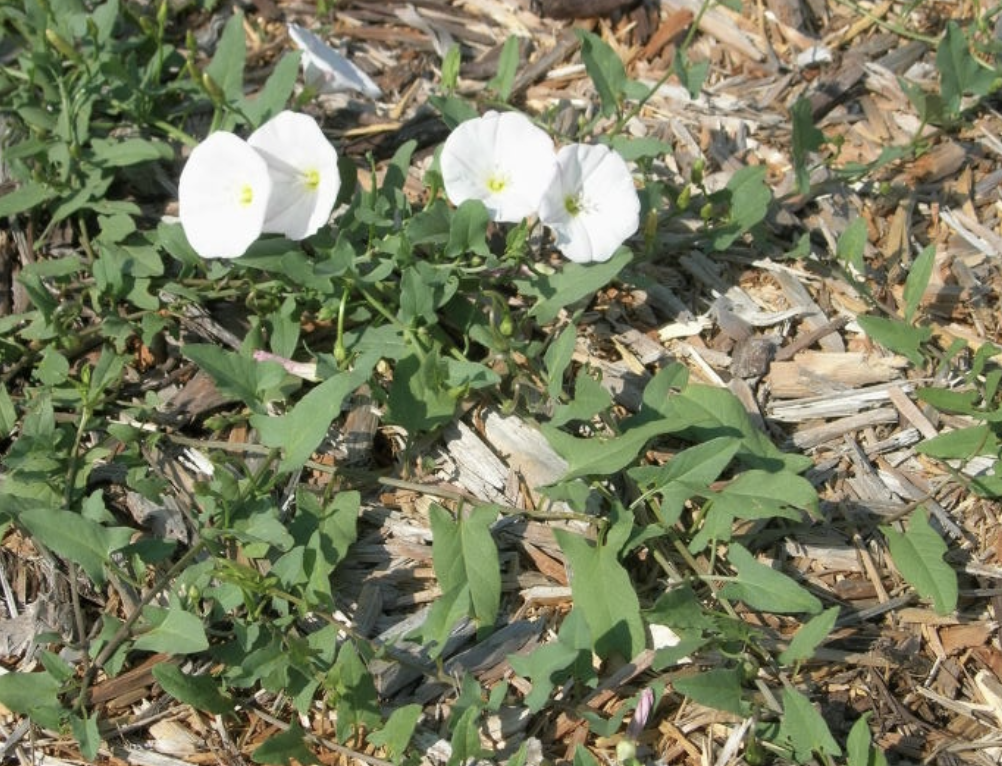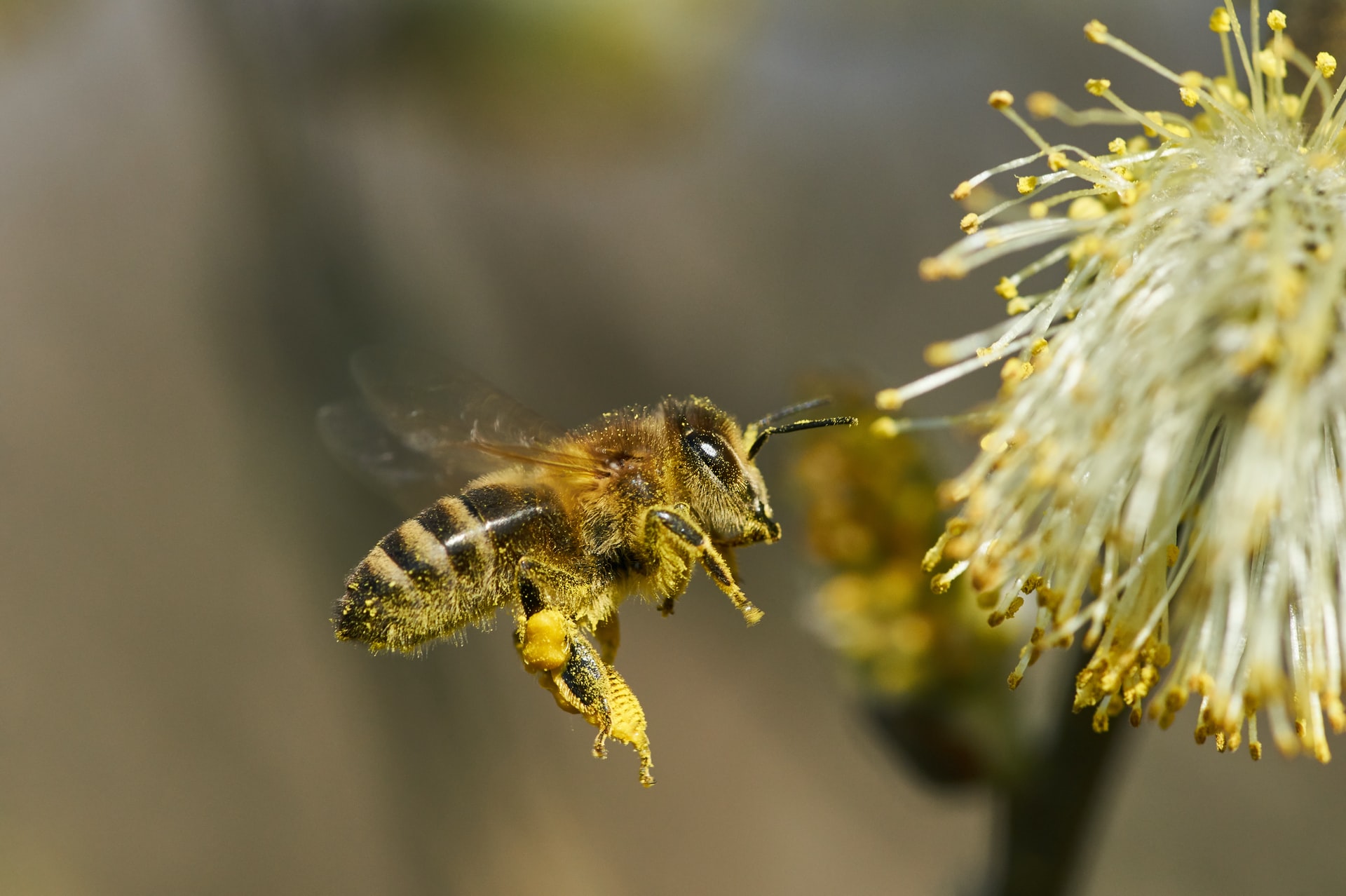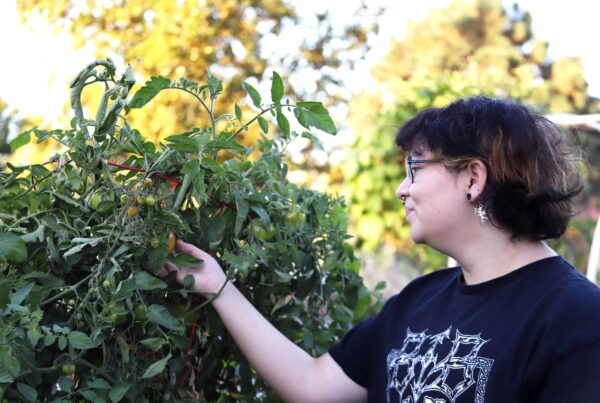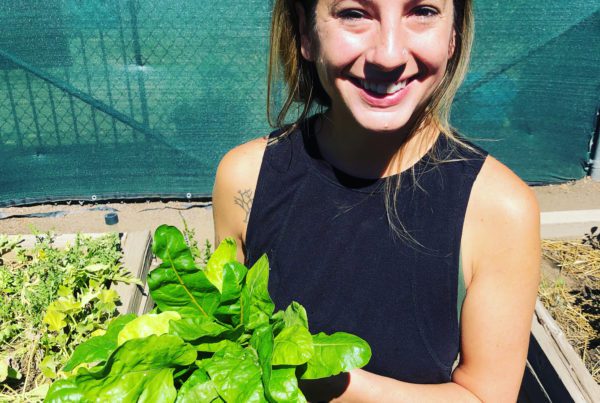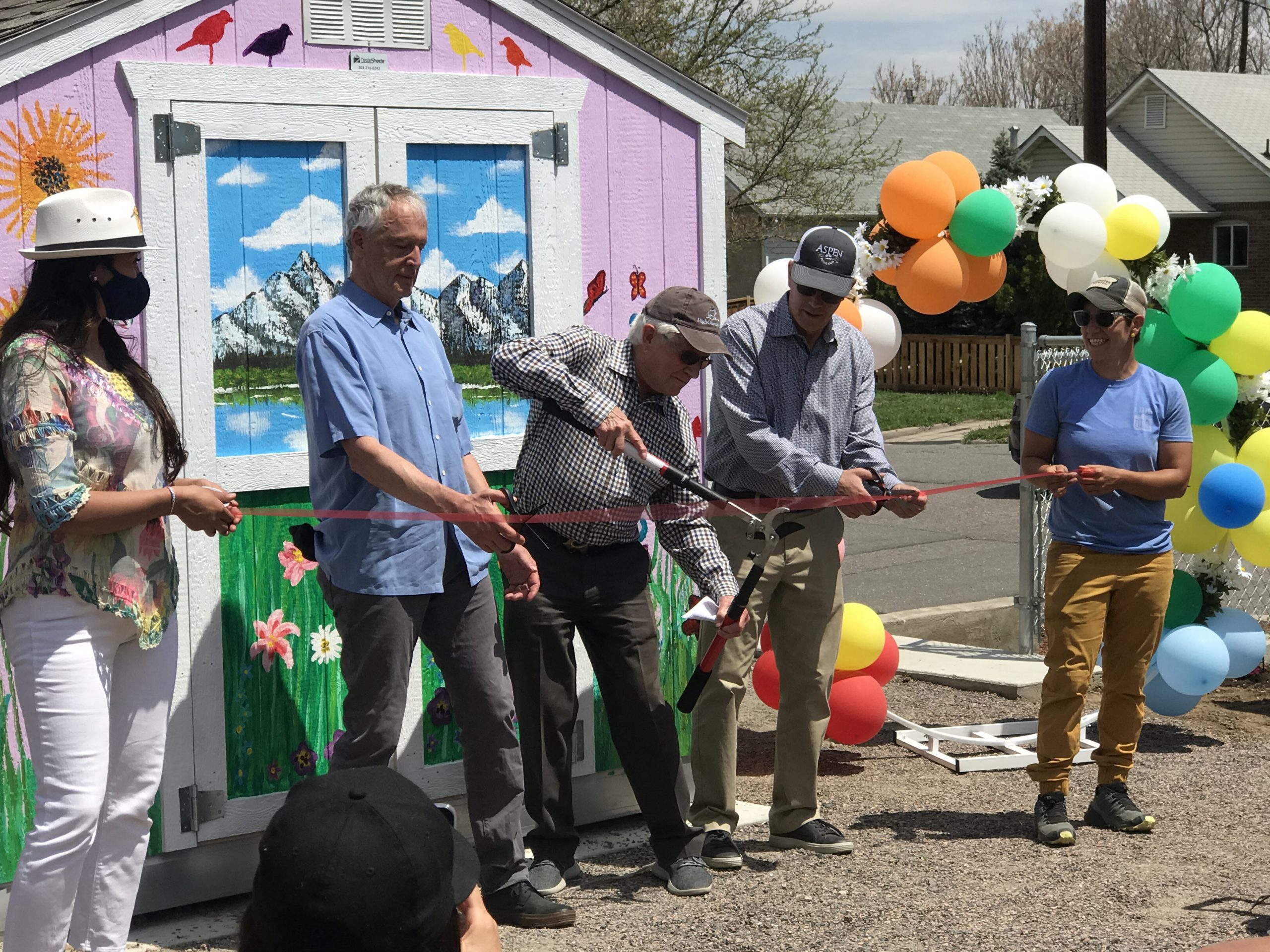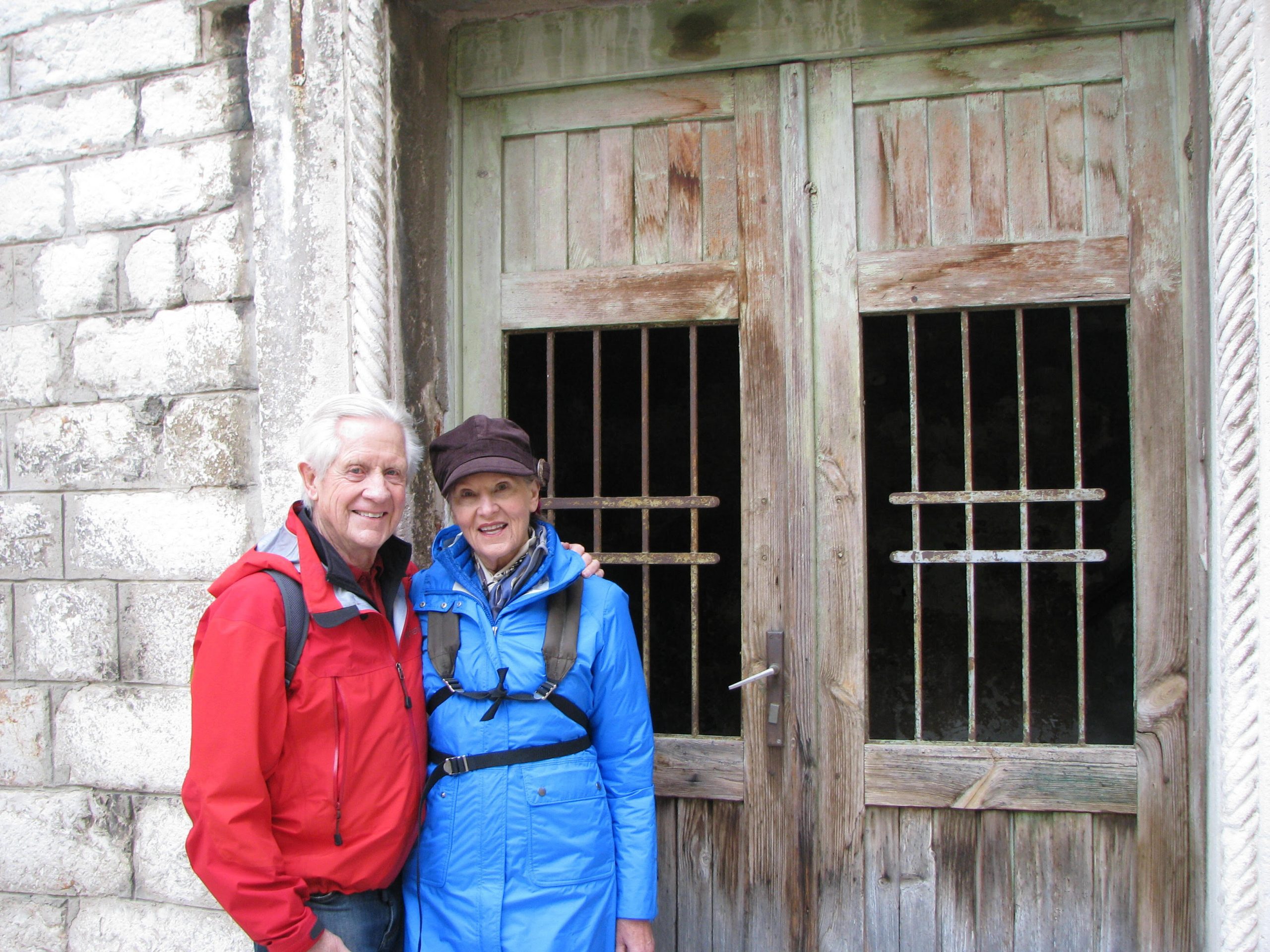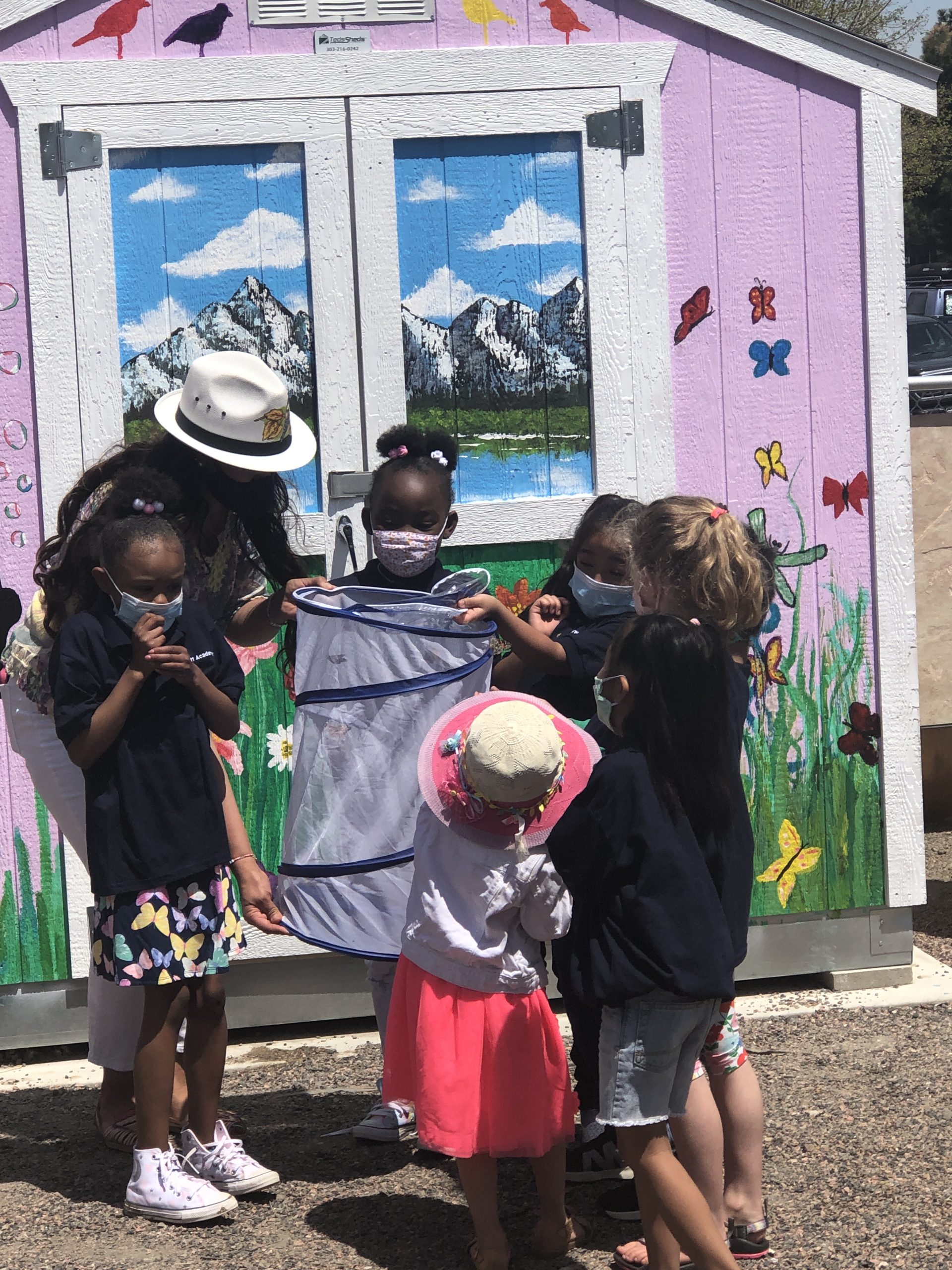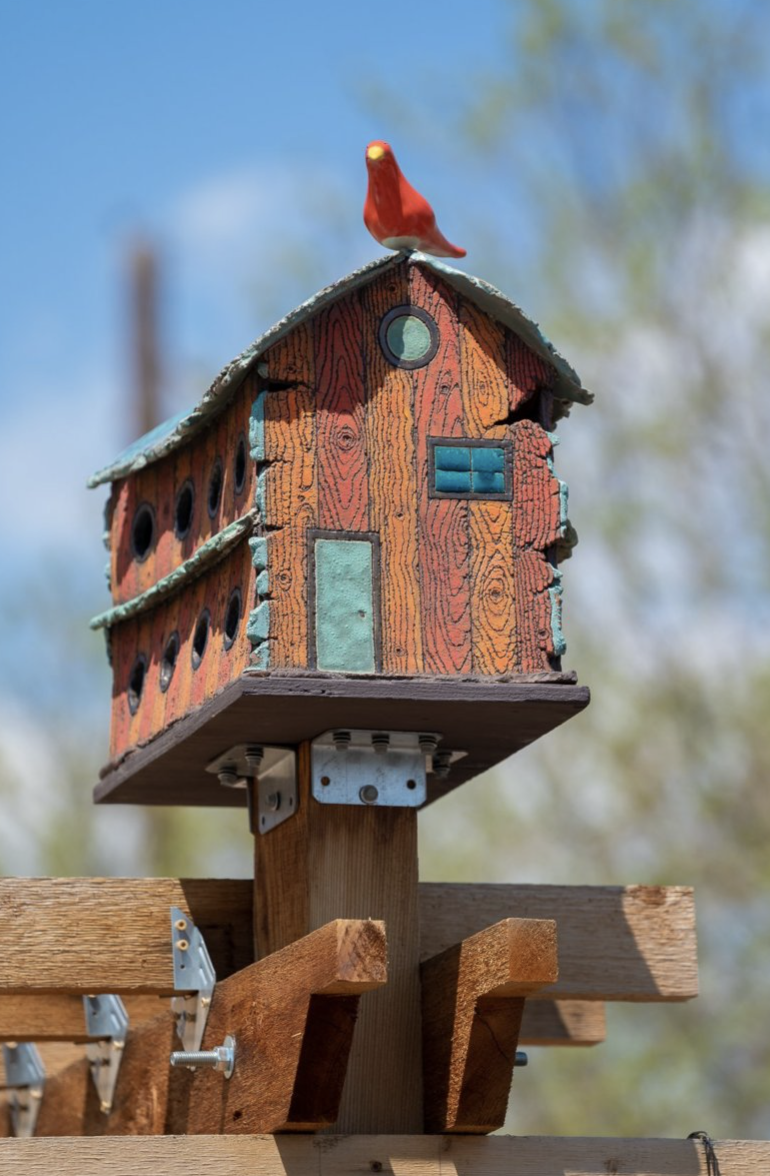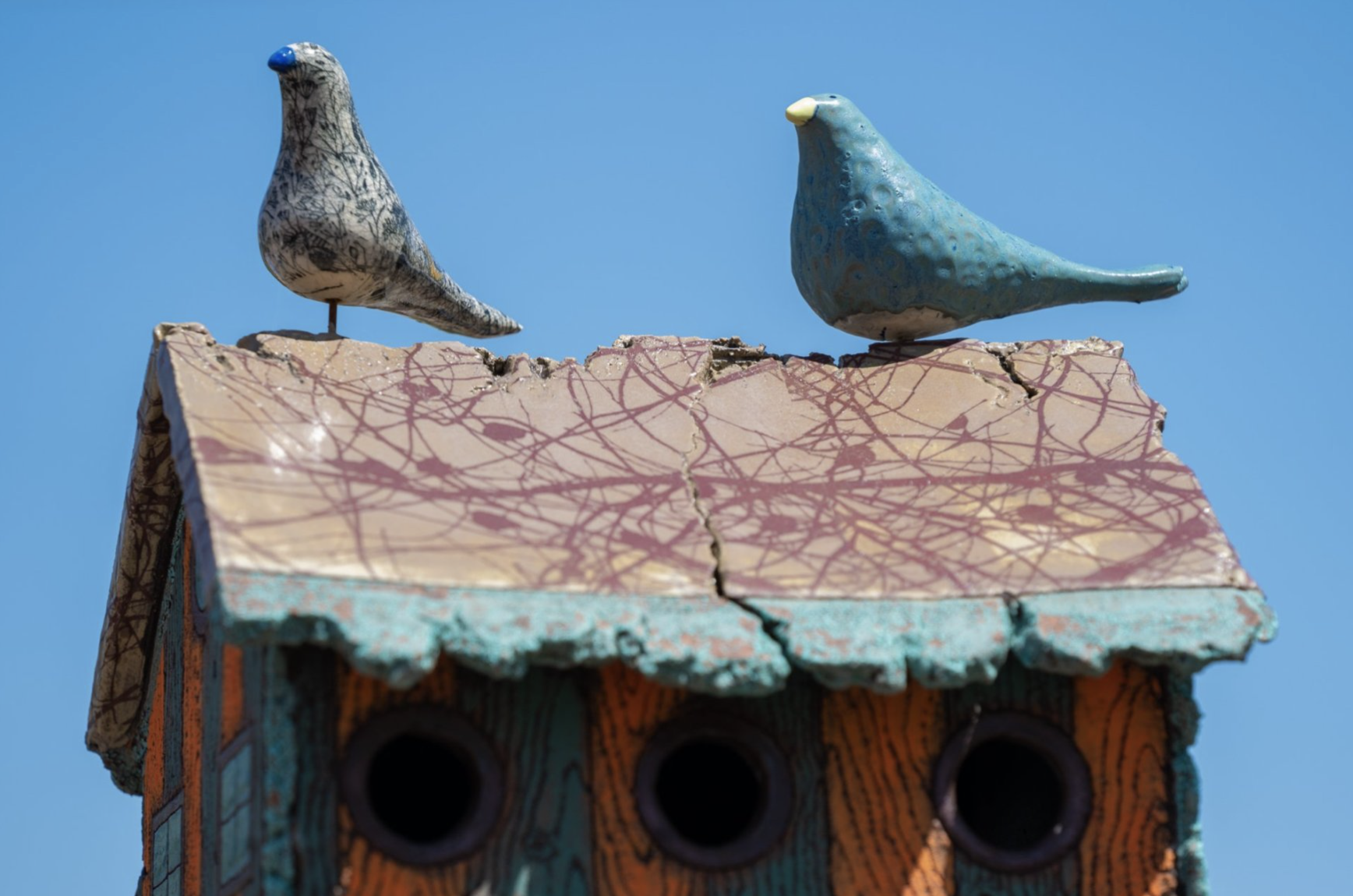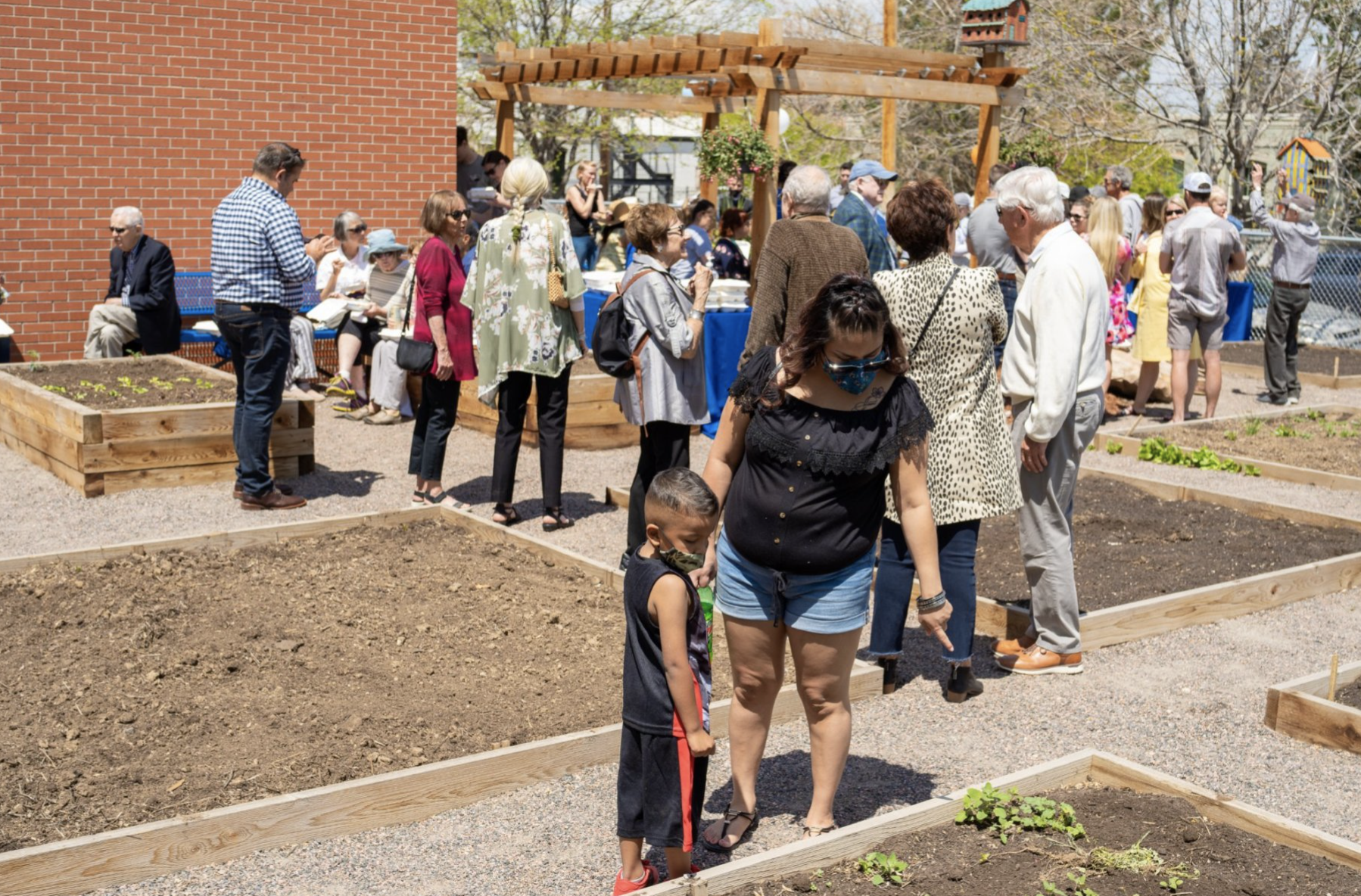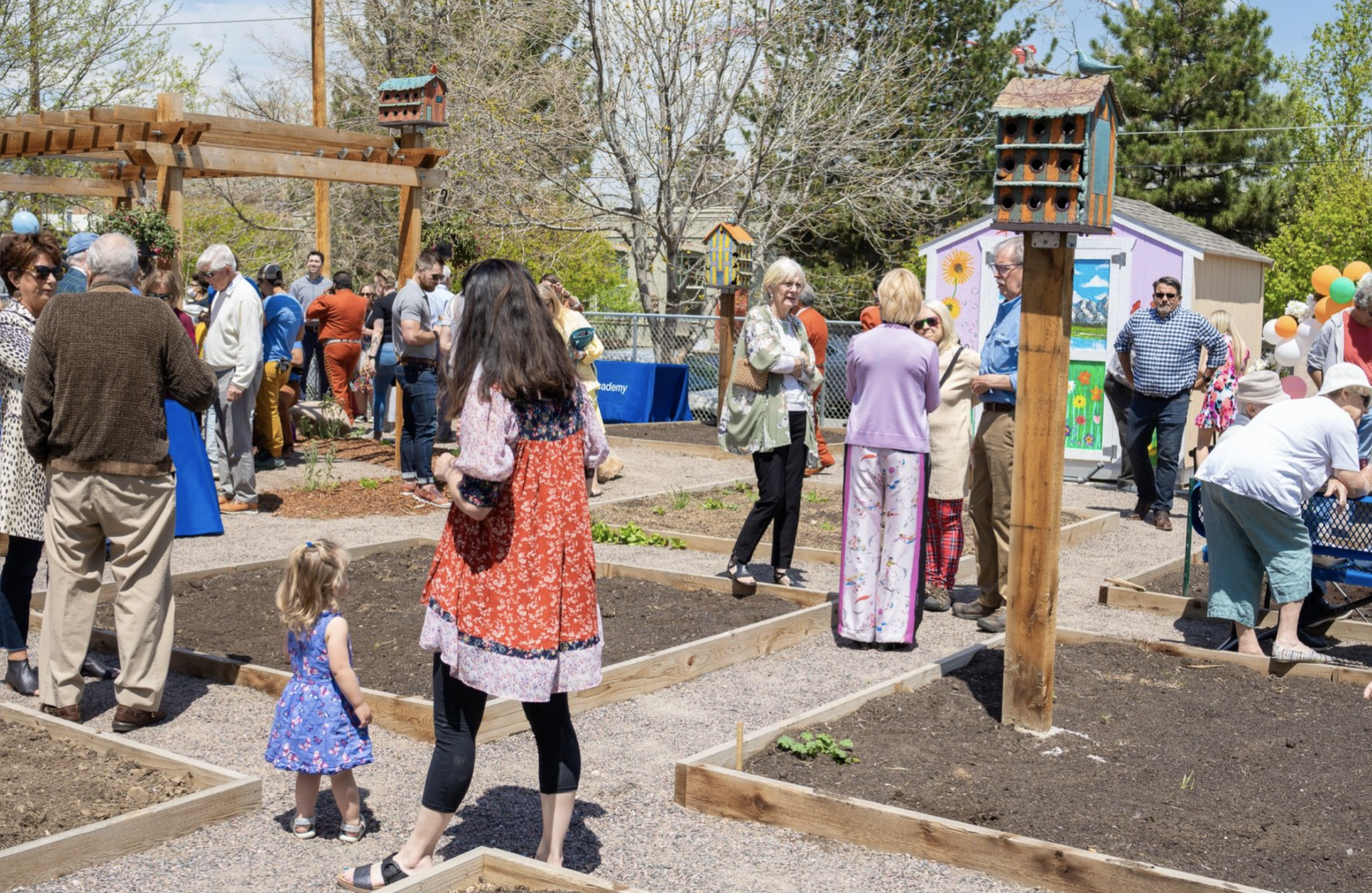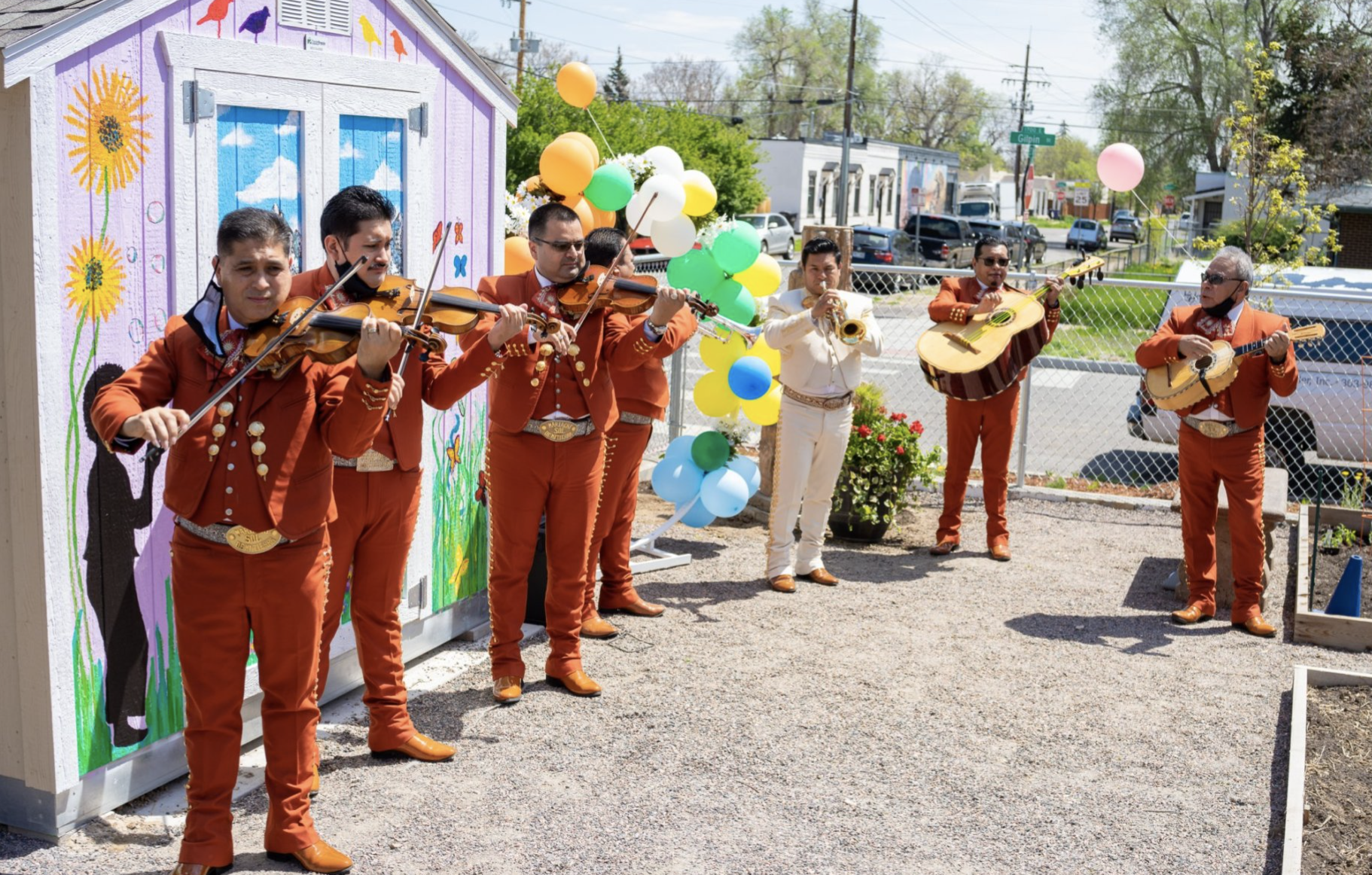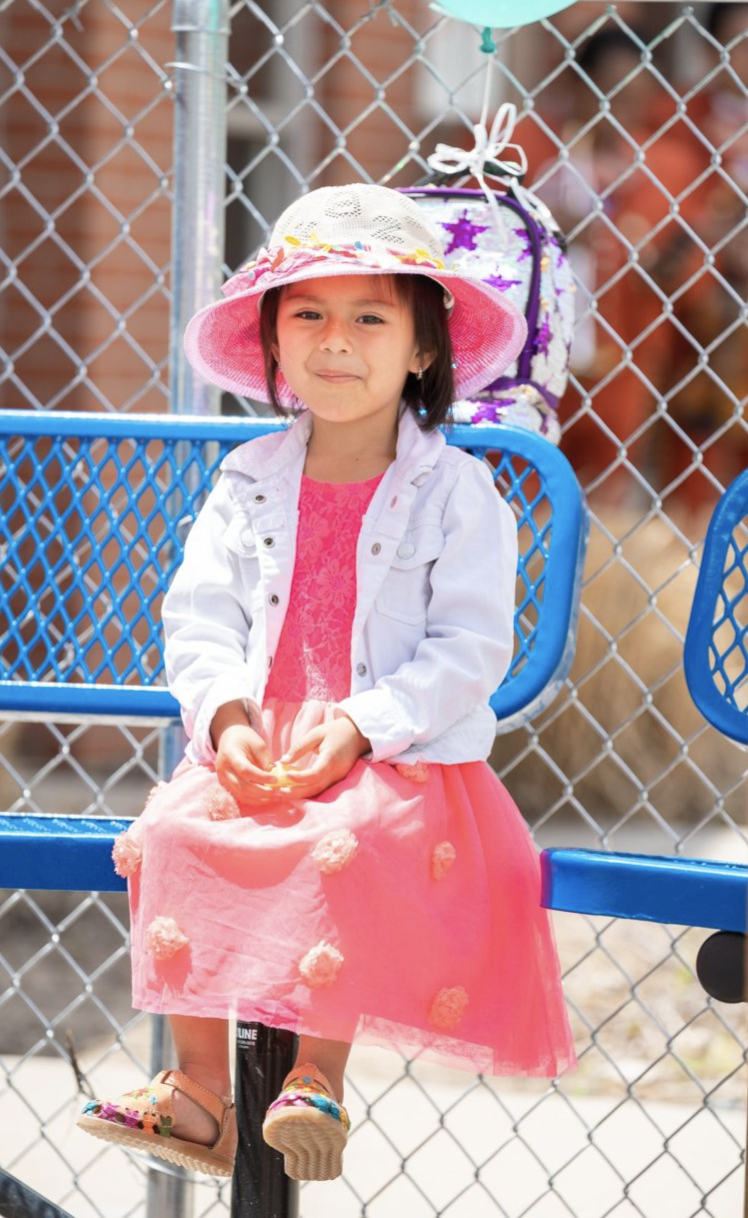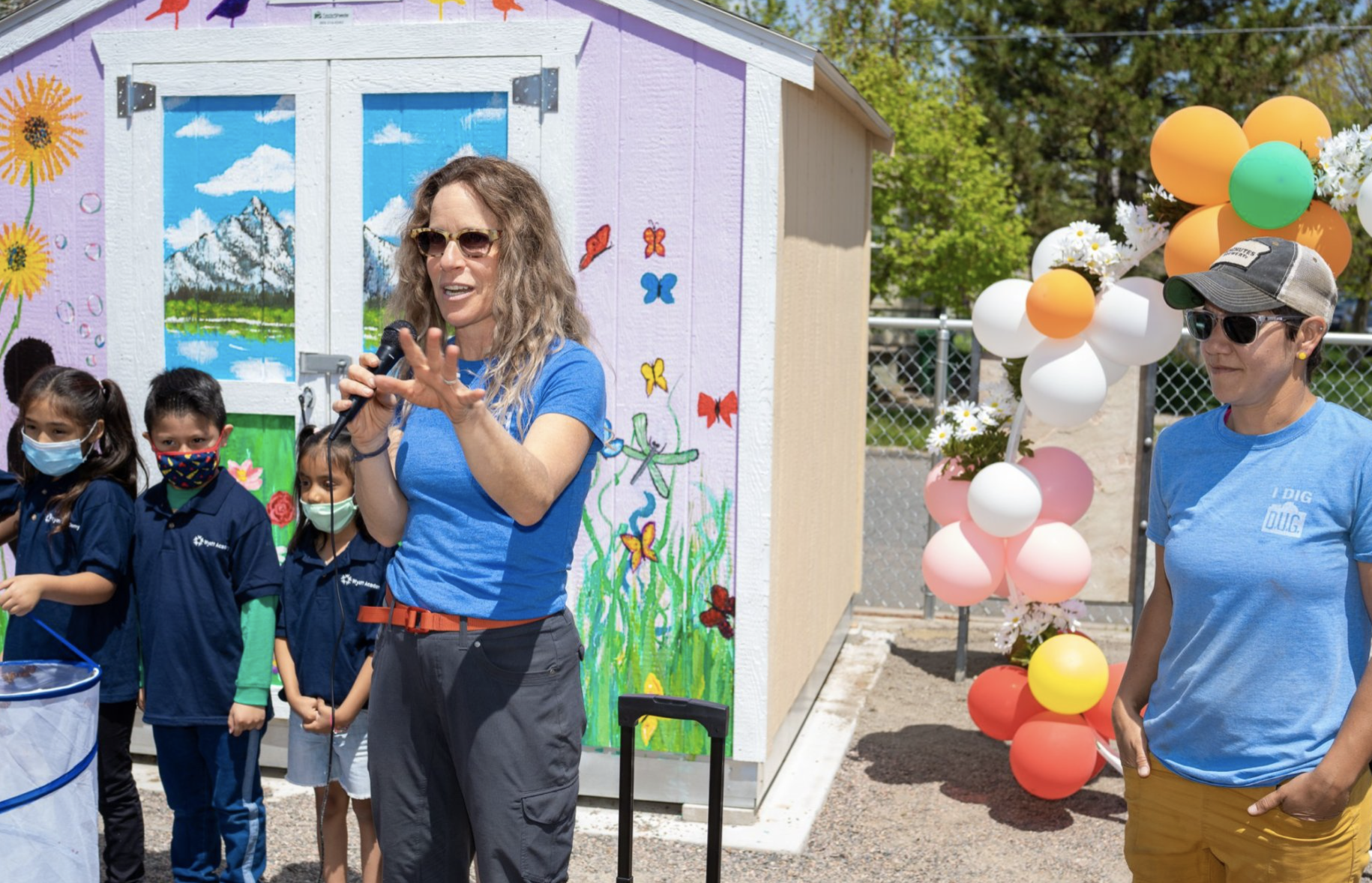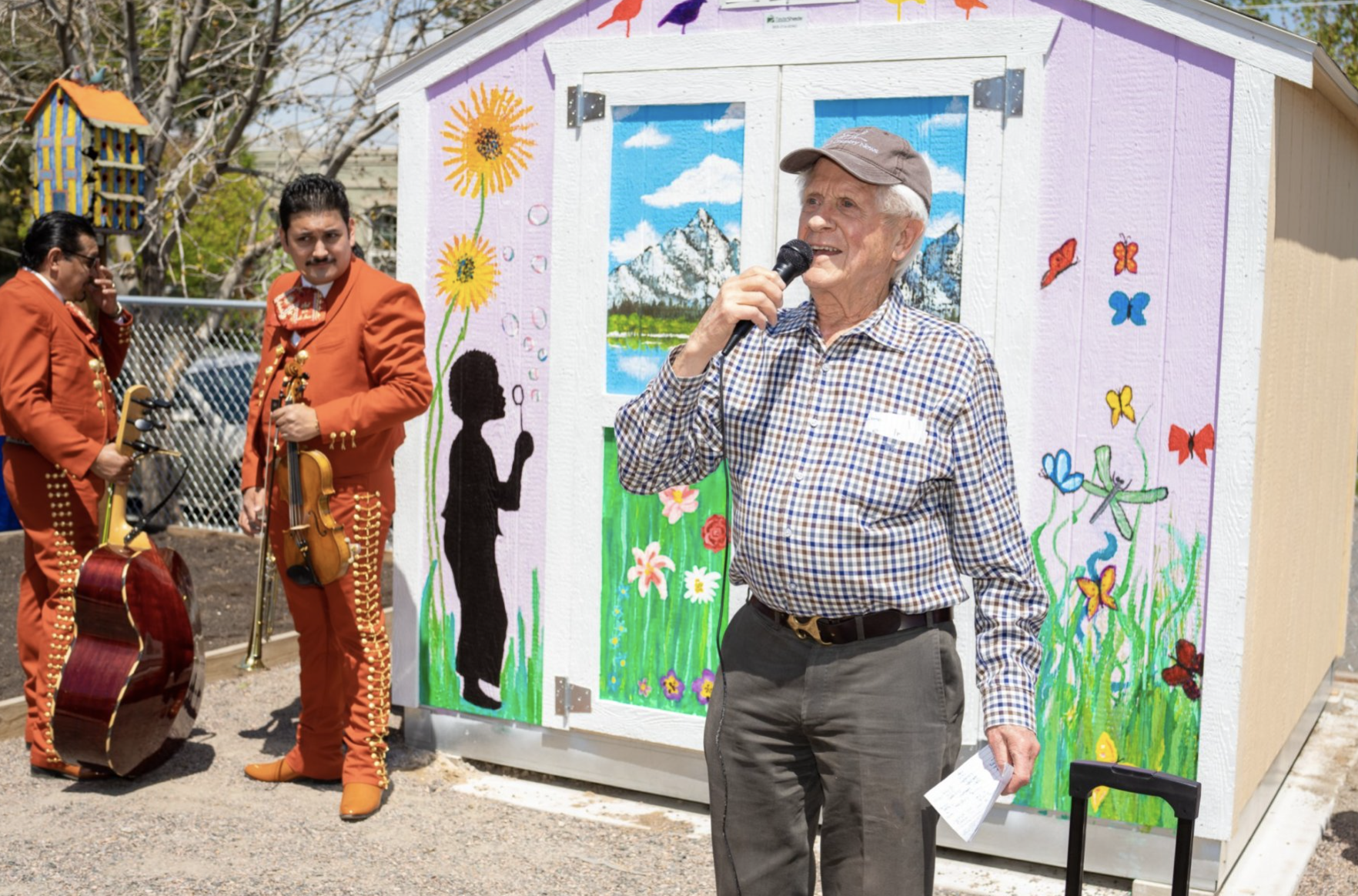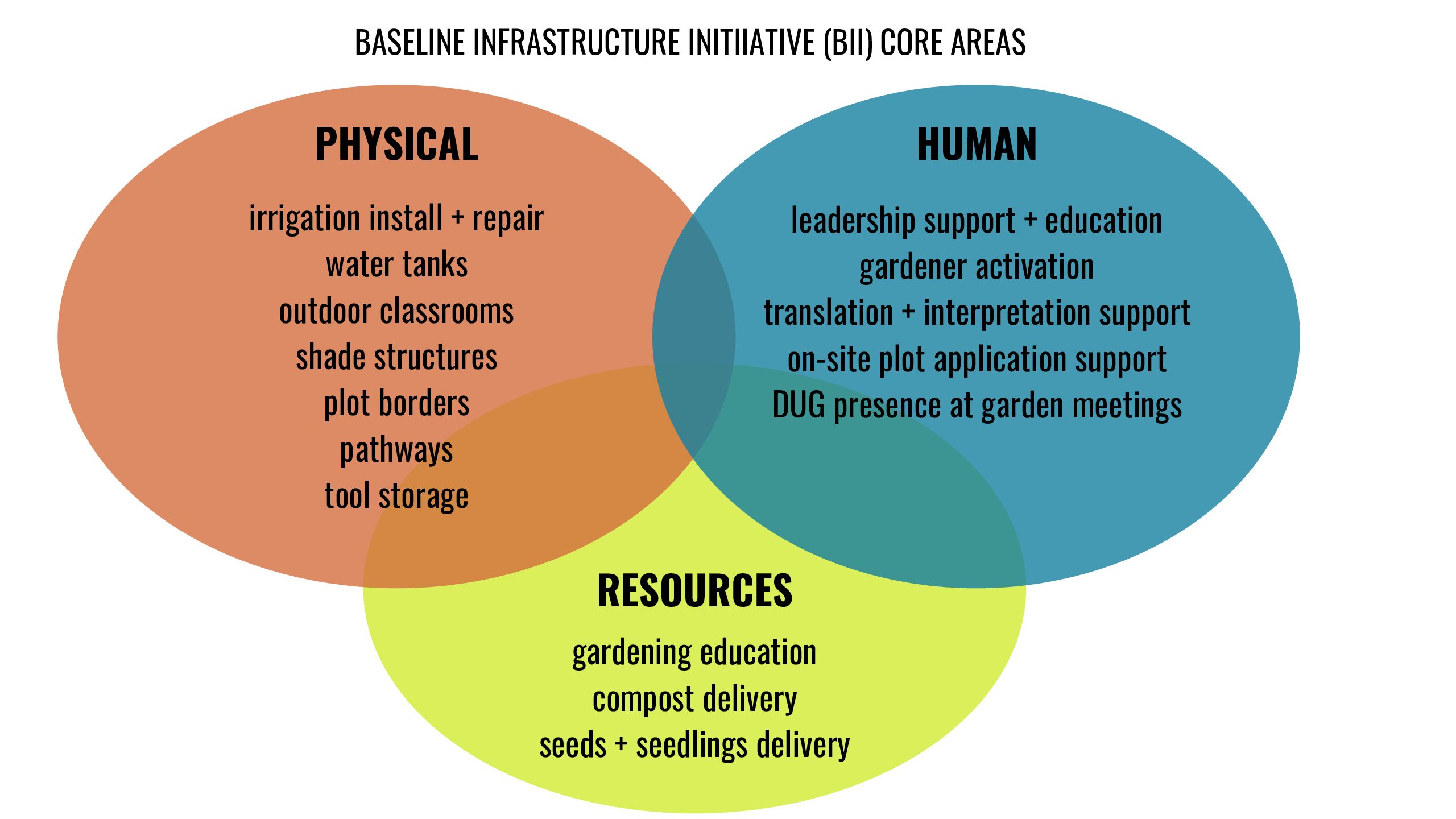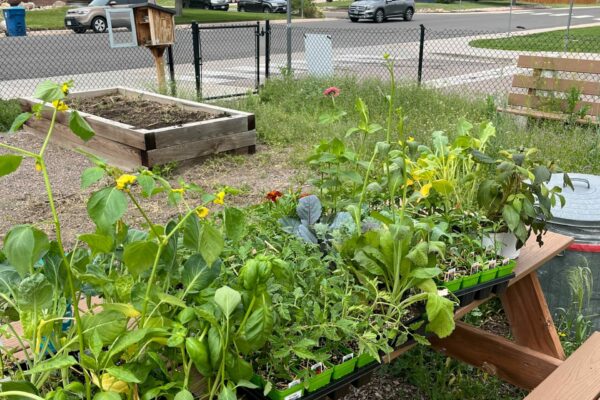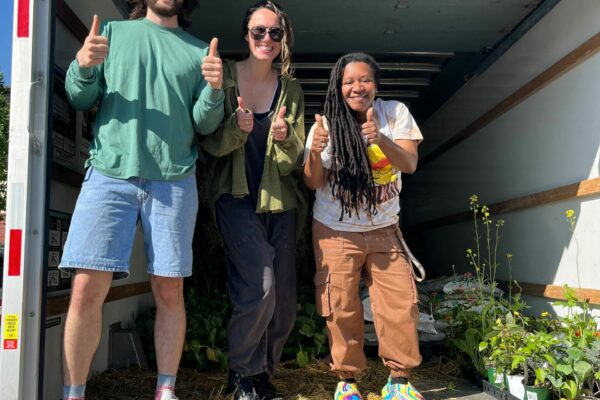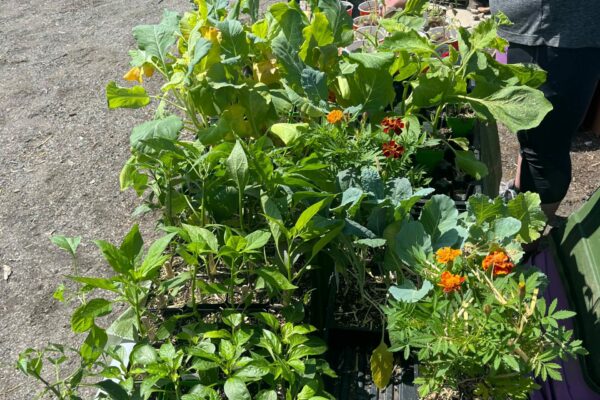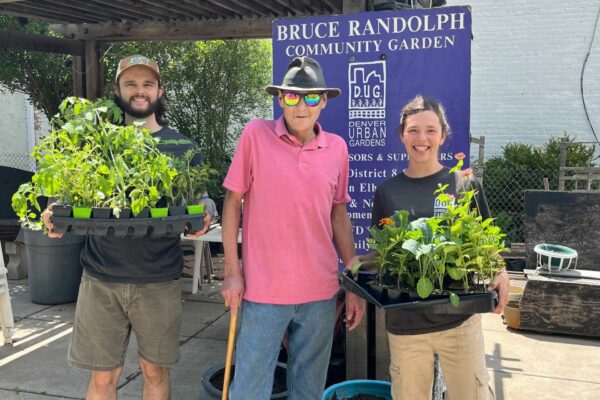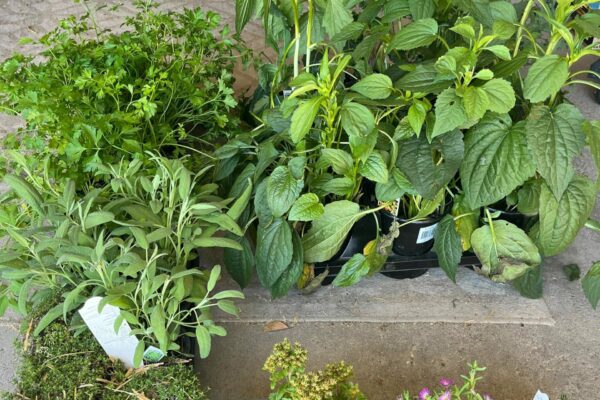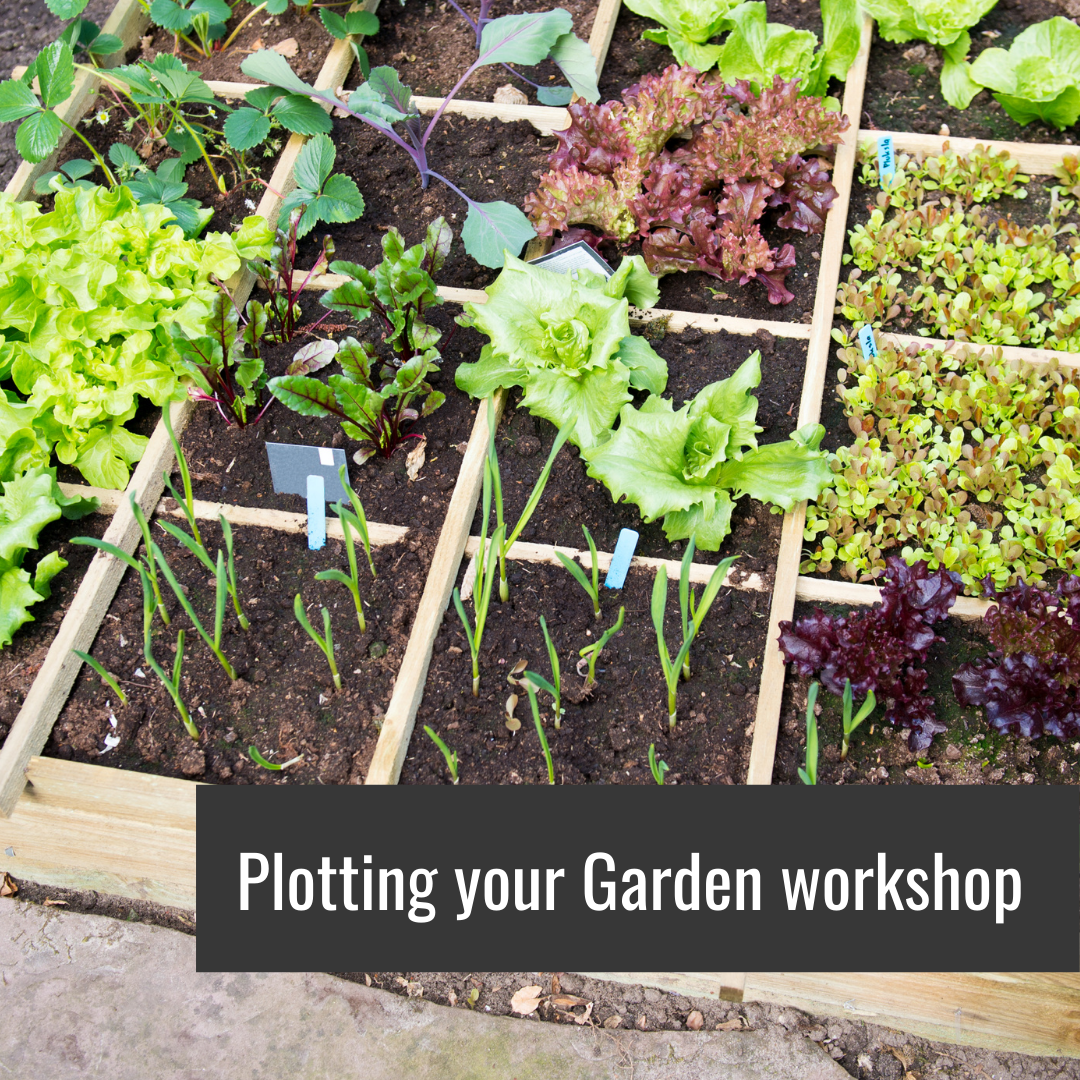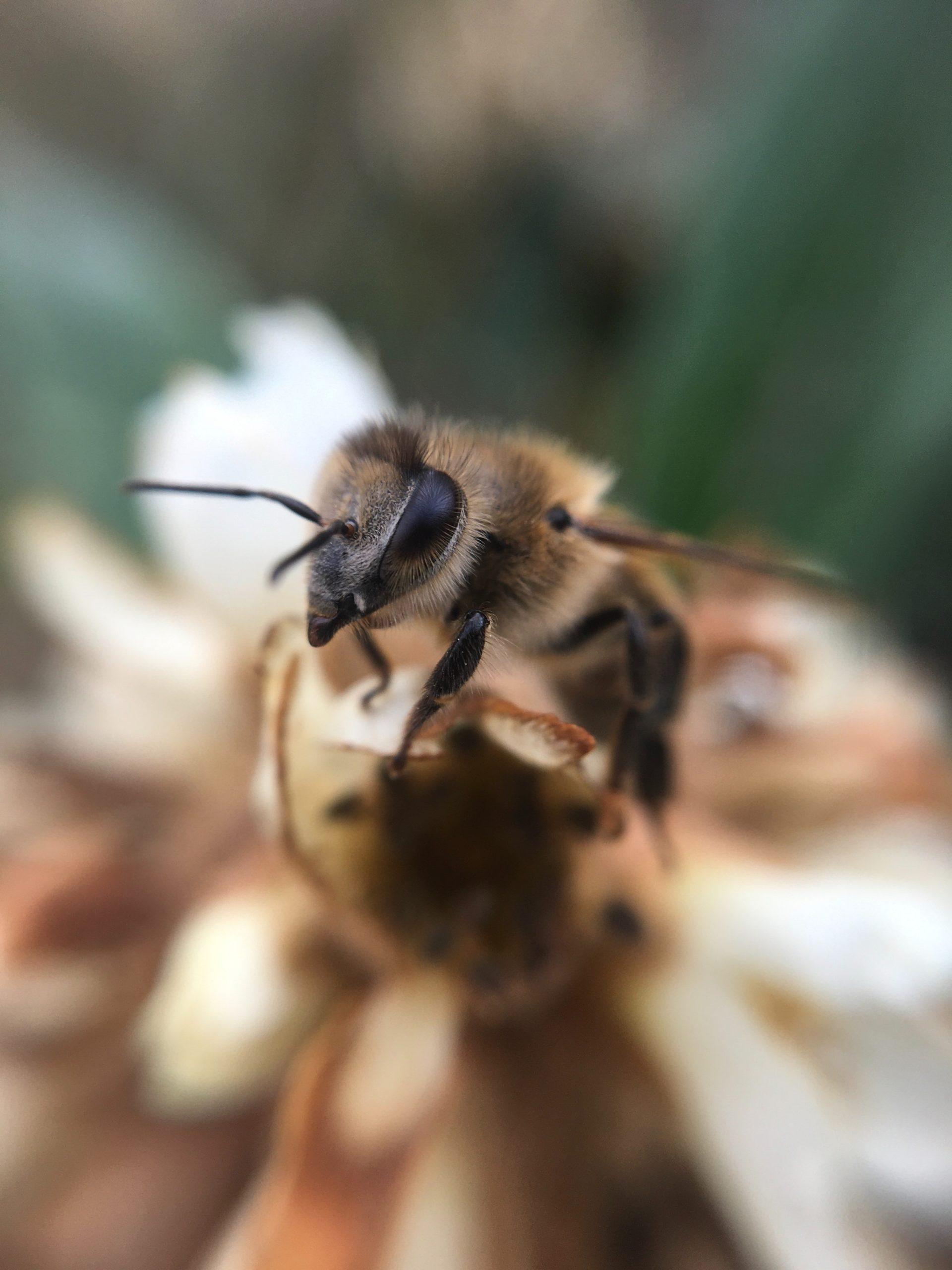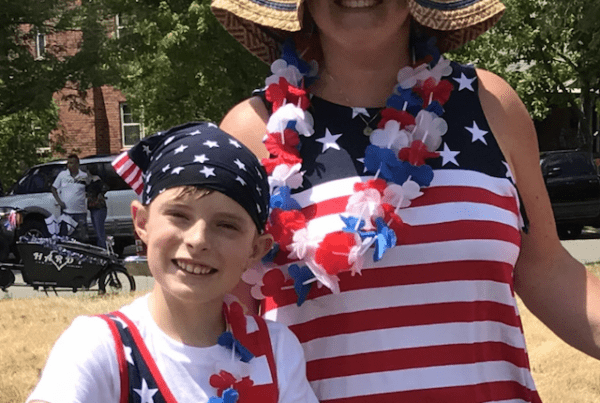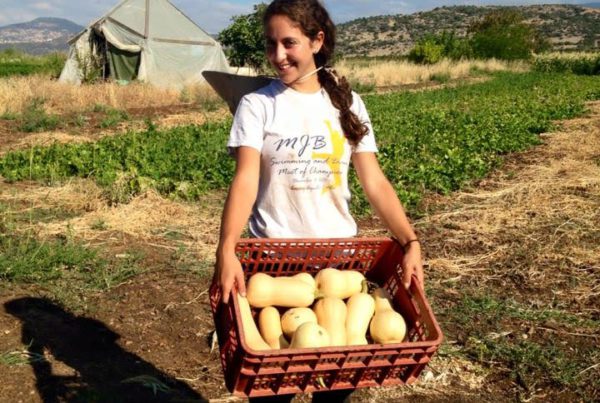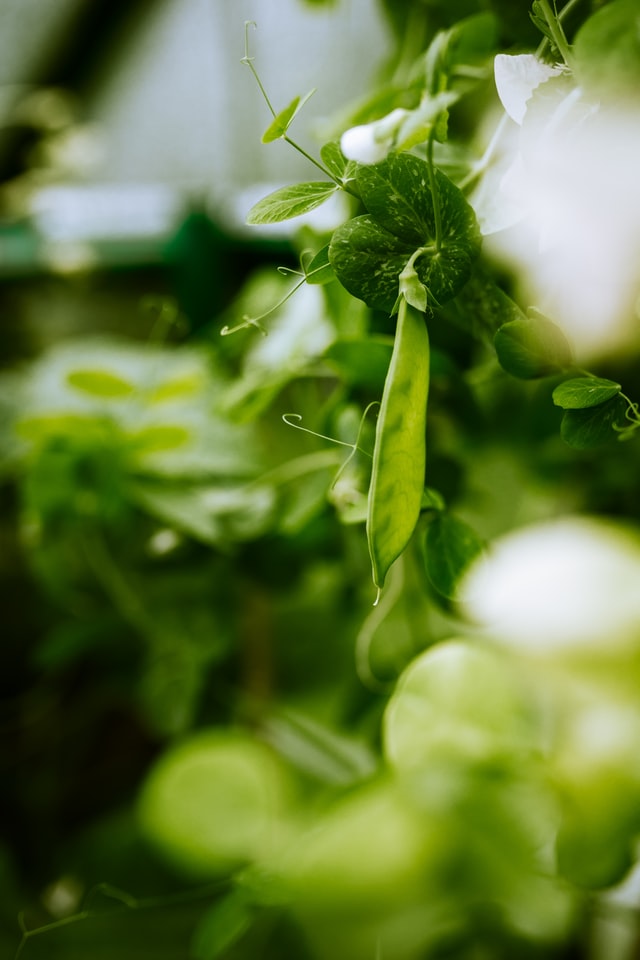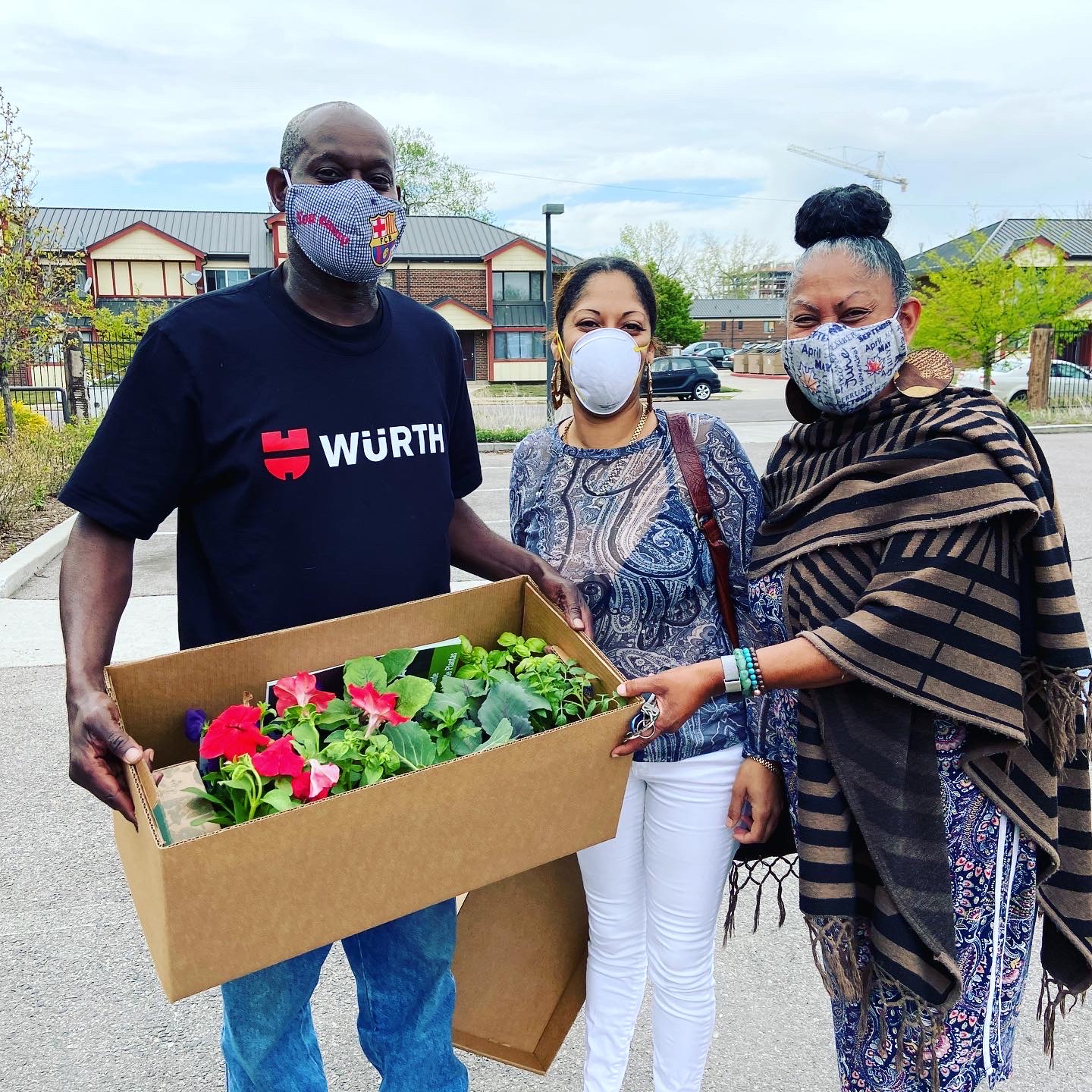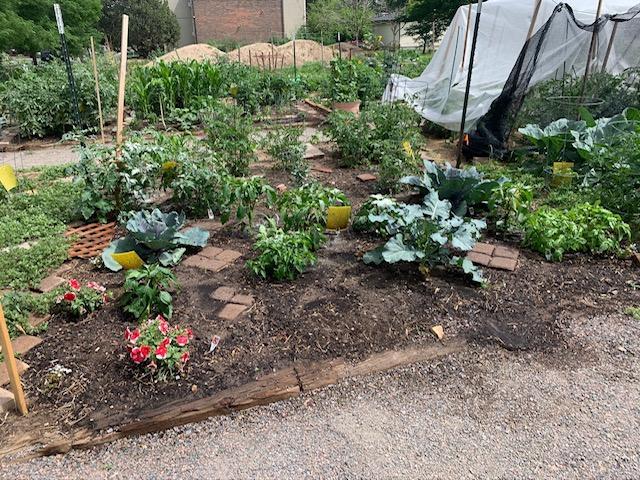by Senior Education Specialist Judy Elliott
June, a month in which temperatures range between the mid-80s during the day to mid-50s at night, is a prime month for growing most garden veggies, flowers, and herbs. Rain is usually low to non-existent, with humidity also low. It basically is beginning to feel ‘hot and dry,’ and early spring-planted crops, such as salad greens, are approaching the limits of their preferred growing conditions.
You can extend their lifetime by picking outer leaves for your meals, a process that stimulates the growth of new, inner leaves. After a time, however, they develop a bitter taste, signaling that their ‘edible’ journey is ending. In the case of spinach, which matures in less than 40 days, the shape of its leaves changes from broad and rounded to one that resembles an ‘arrowhead’. Shortly after those ‘weird’ leaves begin to grow, the plant sends up a stalk that soon opens into flowers and then seed-heads as pollination occurs. You will notice the same process with lettuce.
It’s helpful to know that although our veggies provide copious quantities of nutritious meals, their true purpose in life is really to produce seeds for a new generation. Respect their life cycle and continue to provide the conditions that allow your June garden to flourish.


